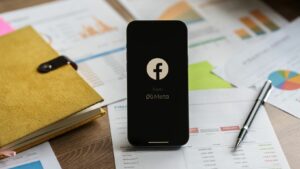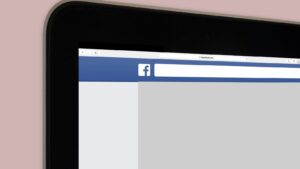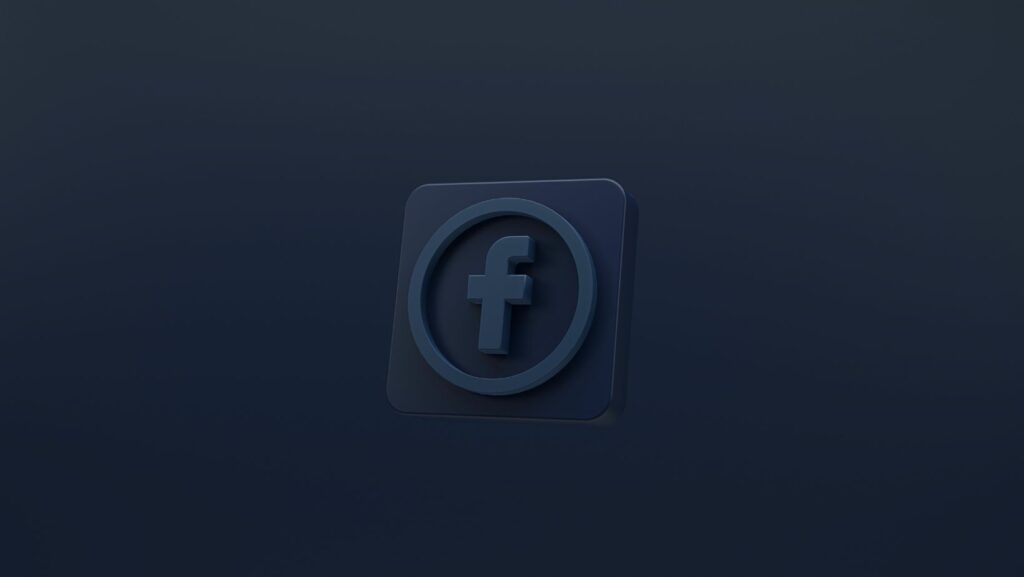In today’s digital age, a logo is not just a part of a company’s brand identity; it’s the cornerstone of its digital presence. One such iconic emblem is Facebook’s logo, which has evolved significantly since the company’s inception. This emblem has not only shaped the way we perceive the tech giant but also influenced how businesses approach branding in the digital era.
Logo:52dippicgtk= Facebook
The logo of Facebook, known as logo:52dippicgtk, represents more than just a corporate identity; it symbolizes the evolution of a platform that connects billions globally. This section delves into the transformative journey of Facebook’s logo, emphasizing its strategic shifts to stay relevant in the ever-changing digital landscape for online gaming.
Changes Over the Years
 Facebook’s logo has undergone significant transformations since the company’s inception, each serving a strategic purpose and reflecting contemporary design trends. Initially, the logo featured a simple, typographic design with the word “Facebook” in a blue and white color scheme. This was meant to convey clarity, accessibility, and professionalism.
Facebook’s logo has undergone significant transformations since the company’s inception, each serving a strategic purpose and reflecting contemporary design trends. Initially, the logo featured a simple, typographic design with the word “Facebook” in a blue and white color scheme. This was meant to convey clarity, accessibility, and professionalism.
In 2013, a shift was noticeable when Facebook introduced a slightly modified version of its logo, which featured a new font that was cleaner and more streamlined. The aim was to enhance readability on various digital devices, catering to the growing number of mobile users.
By 2015, Facebook made another subtle yet impactful tweak to its logo, specifically to the letter ‘B’ to make it appear more symmetrical. This change was part of a broader effort to refine the logo’s features for better display on small screens and high-resolution devices.
Most recently, in 2019, Facebook unveiled a major redesign of its logo, switching to an all-capital letters format and a brighter shade of blue. This redesign coincided with the company’s strategy to unify its various platforms under a single brand umbrella, promoting a more cohesive brand identity across services like Instagram and WhatsApp.
These changes illustrate Facebook’s commitment to adapt its logo to maintain a strong, recognizable brand in a digital era dominated by visual communication and branding consistency.
Significance of the Facebook Logo
Brand Identity and Recognition
 The Facebook logo, with its distinctive blue color and clean, sans-serif typography, plays a crucial role in brand recognition. As soon as viewers see the simple but bold “f” emblem, they instantly identify it with Facebook. This instant recognition is vital in a digital landscape where users quickly scroll through vast amounts of content. The consistent use of this logo across all platforms enhances Facebook’s brand coherence, making it easily recognizable in a crowded market.
The Facebook logo, with its distinctive blue color and clean, sans-serif typography, plays a crucial role in brand recognition. As soon as viewers see the simple but bold “f” emblem, they instantly identify it with Facebook. This instant recognition is vital in a digital landscape where users quickly scroll through vast amounts of content. The consistent use of this logo across all platforms enhances Facebook’s brand coherence, making it easily recognizable in a crowded market.
Impact on User Engagement
 A strong logo like Facebook’s not only boosts brand recognition but also positively impacts user engagement. The familiarity of the logo helps build trust and credibility among users, which, in turn, encourages more interactions and time spent on the site. Additionally, the logo’s visual appeal and professional design contribute to a positive user experience, reinforcing the brand’s values and mission to connect people globally. These elements combined ensure that the logo significantly influences user engagement, driving repeated visits and sustained interaction on the platform.
A strong logo like Facebook’s not only boosts brand recognition but also positively impacts user engagement. The familiarity of the logo helps build trust and credibility among users, which, in turn, encourages more interactions and time spent on the site. Additionally, the logo’s visual appeal and professional design contribute to a positive user experience, reinforcing the brand’s values and mission to connect people globally. These elements combined ensure that the logo significantly influences user engagement, driving repeated visits and sustained interaction on the platform.
Analysis of the Latest Logo Update
Visual and Technical Enhancements
 The latest iteration of the Facebook logo introduces several visual and technical enhancements tailored to improve user experience. The logo’s typography has been refined to increase legibility on diverse digital platforms including small mobile screens and large desktop displays. This update employs a bolder and more streamlined typeface, which improves visibility against varied background colors and textures.
The latest iteration of the Facebook logo introduces several visual and technical enhancements tailored to improve user experience. The logo’s typography has been refined to increase legibility on diverse digital platforms including small mobile screens and large desktop displays. This update employs a bolder and more streamlined typeface, which improves visibility against varied background colors and textures.
Additionally, the logo maintains its iconic blue palette but introduces a gradient that adds depth and vibrancy, capturing users’ attention more effectively. These changes not only support scalability but also facilitate better integration with virtual and augmented reality platforms where clarity and impact are crucial.
Reception by the Public and Design Community
The reception of Facebook’s logo redesign has been mixed among the public and the design community. Users have expressed varied opinions on social media platforms, with some appreciating the modern look and others missing the original design. Feedback emphasizes personal and emotional connections to the brand’s visual identity that extend beyond mere aesthetics.

